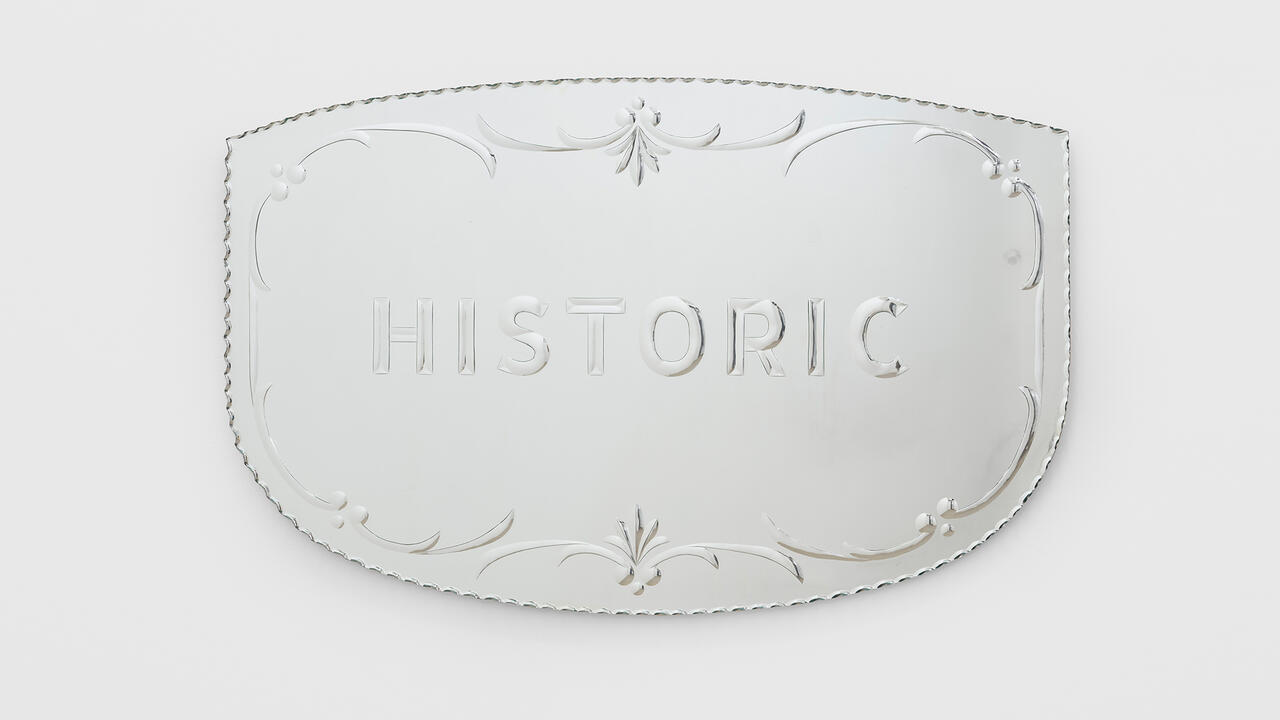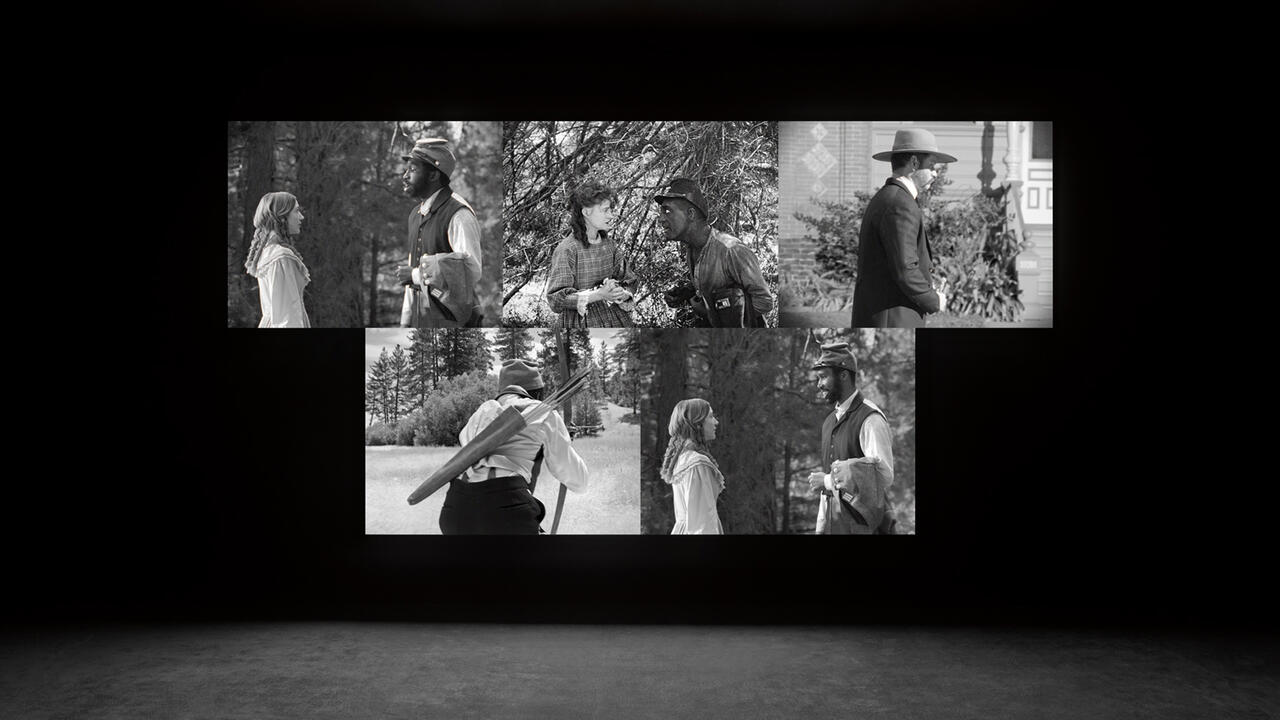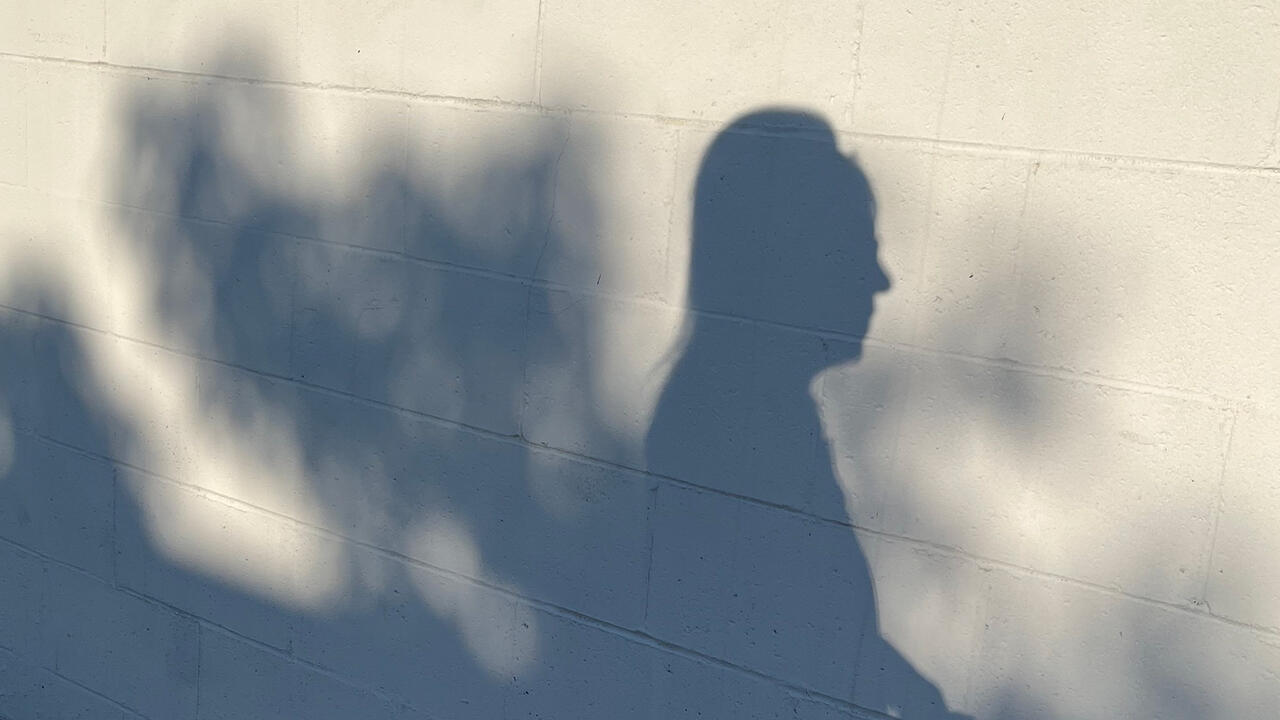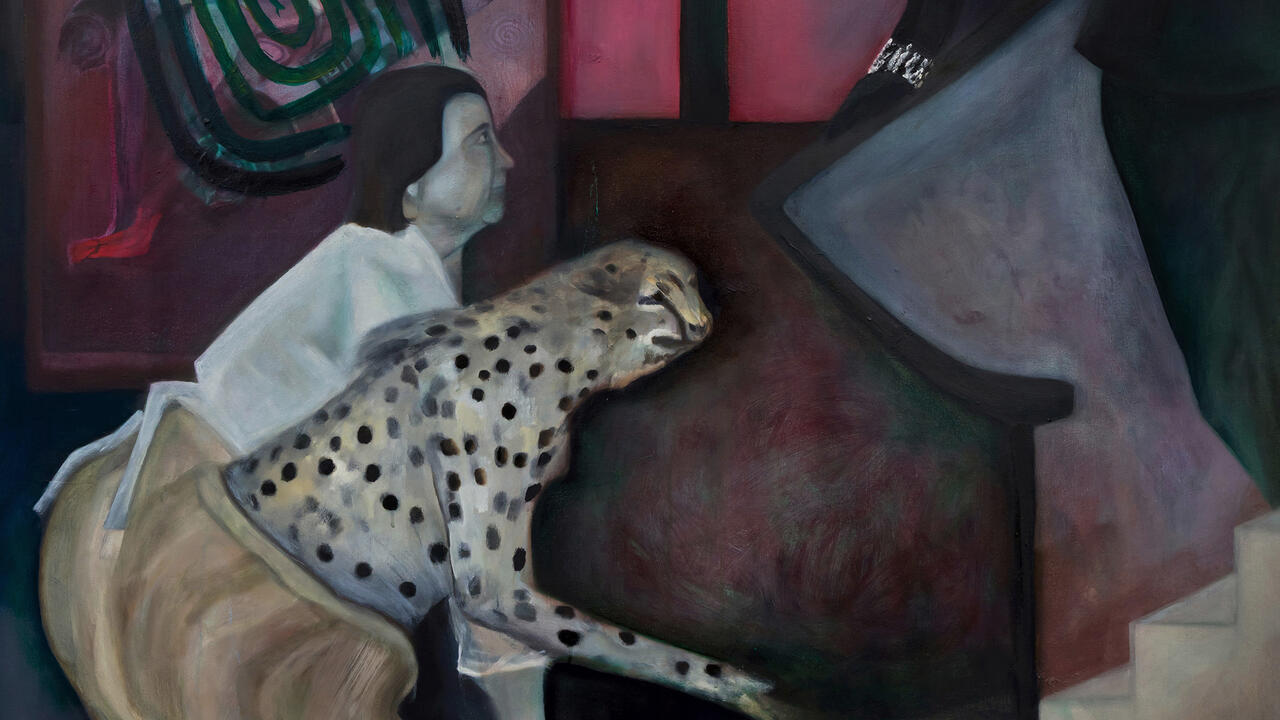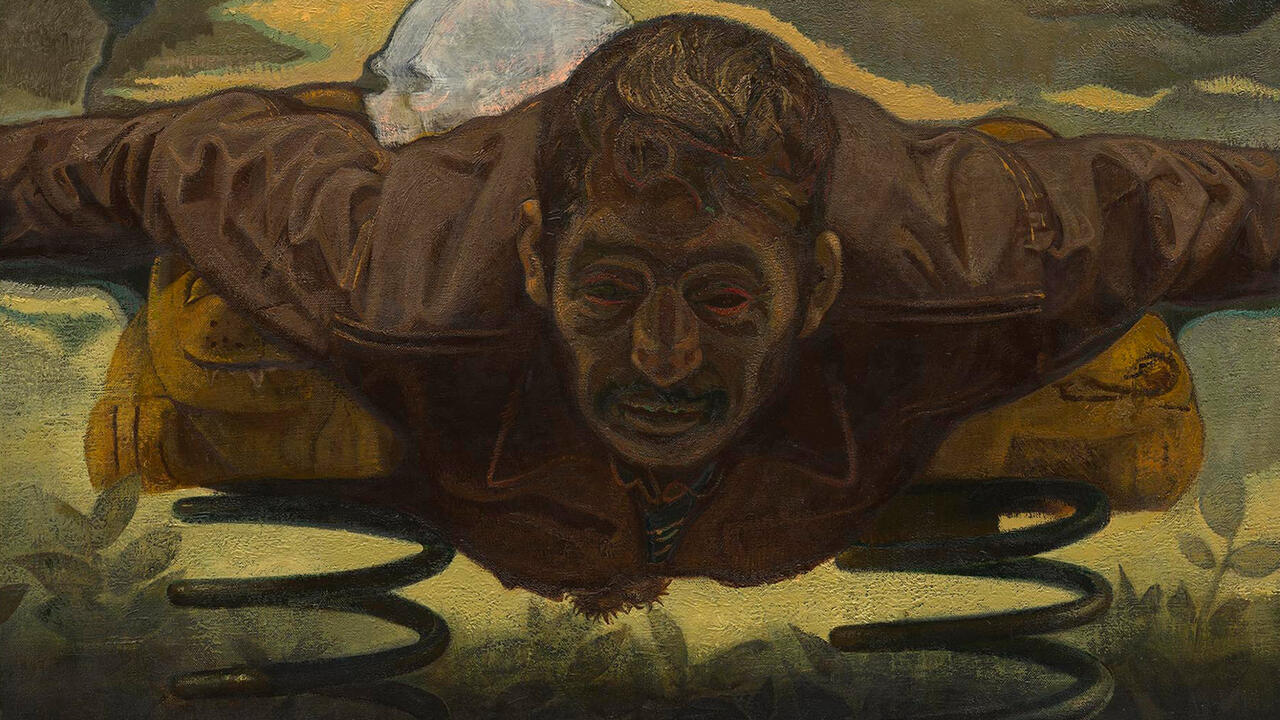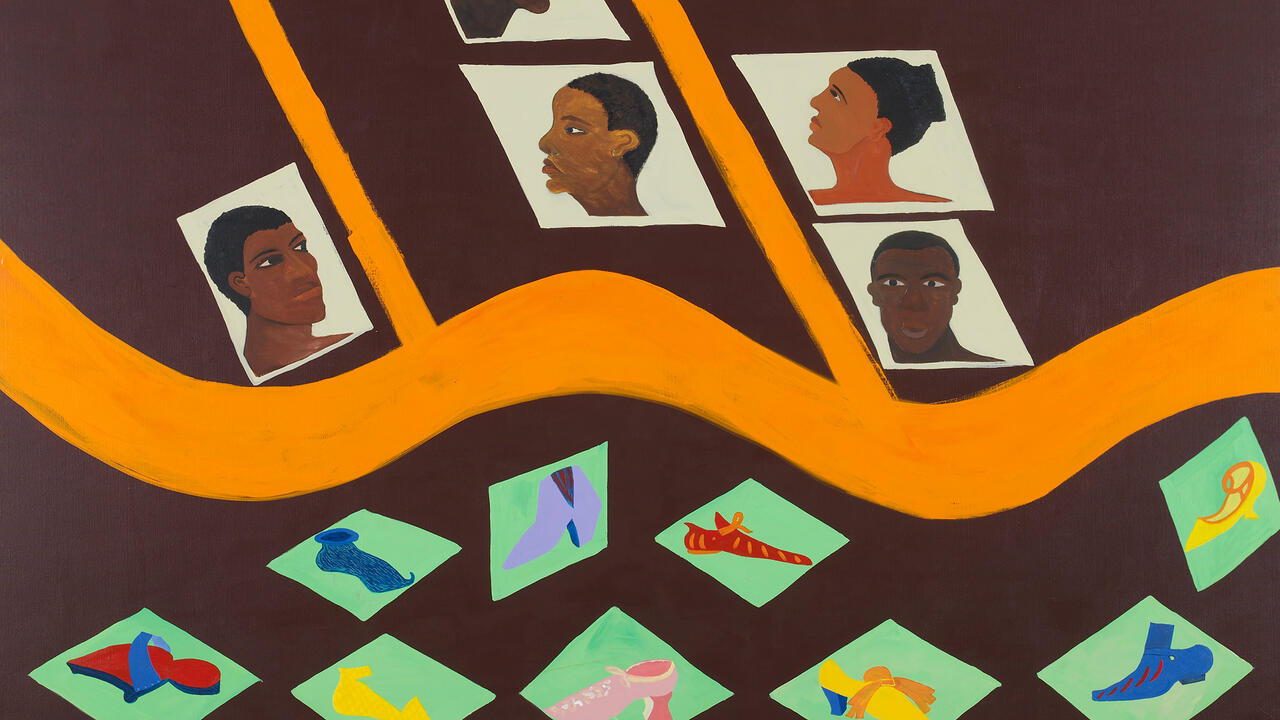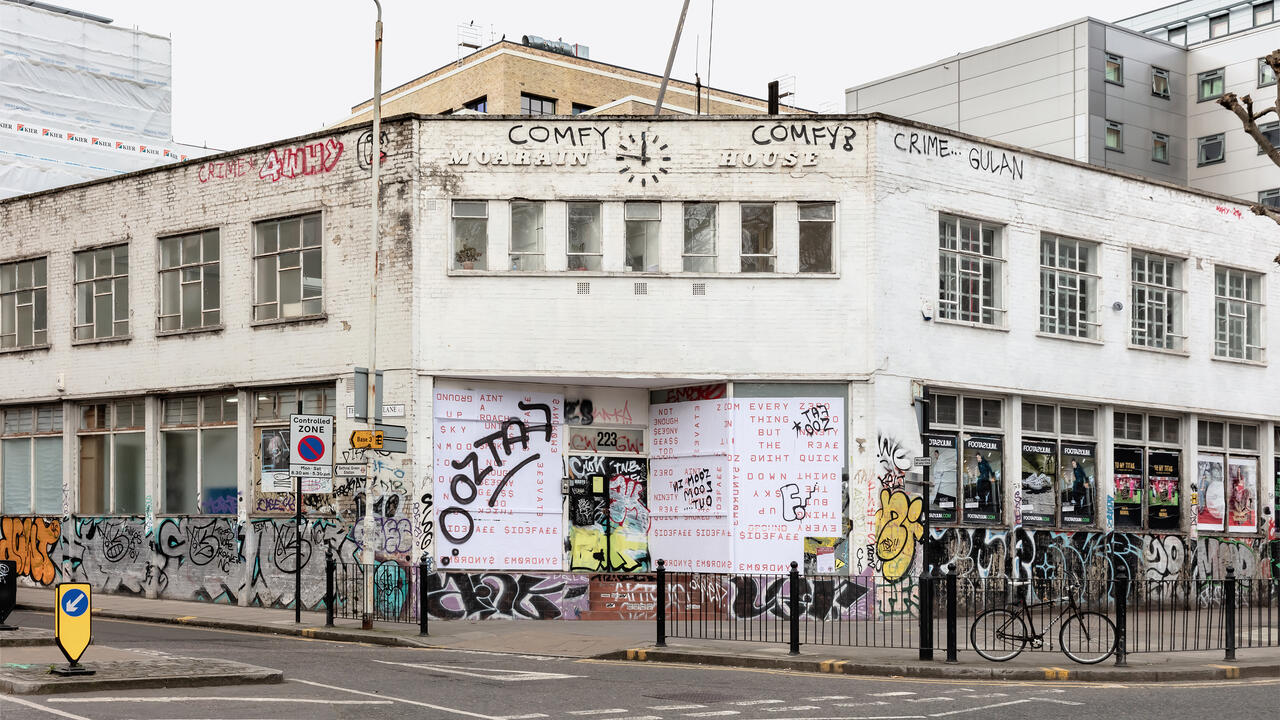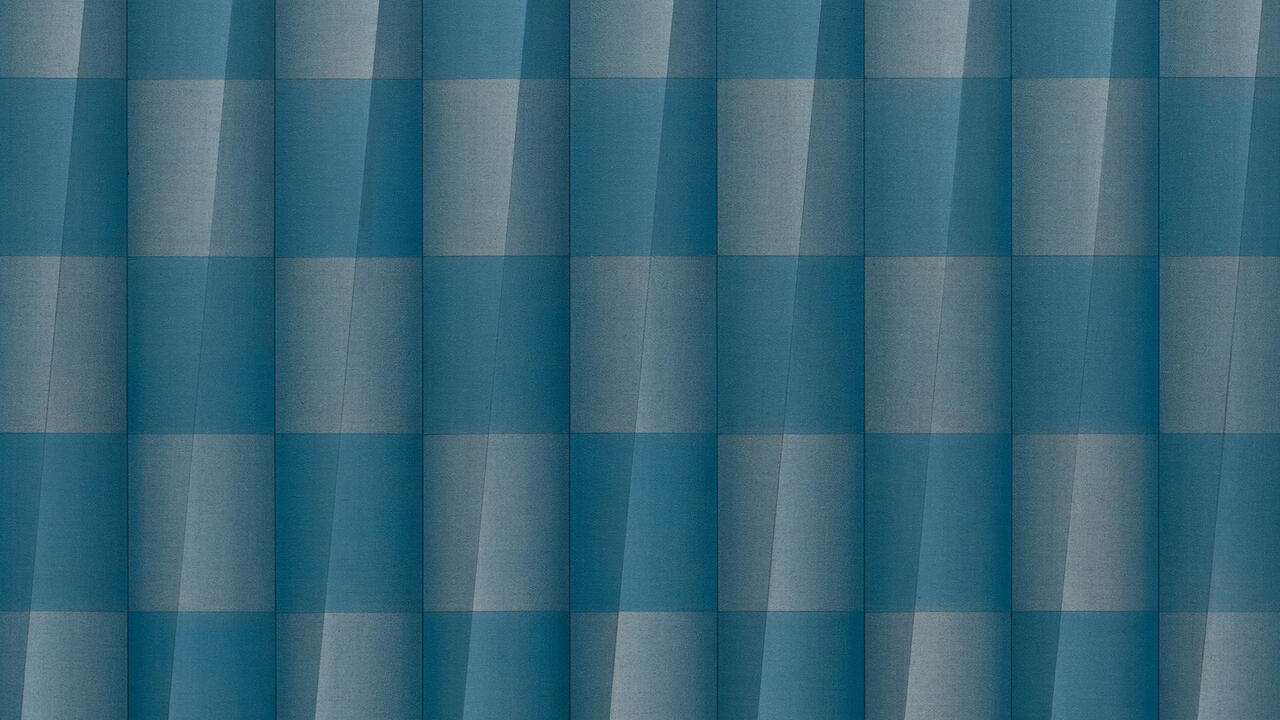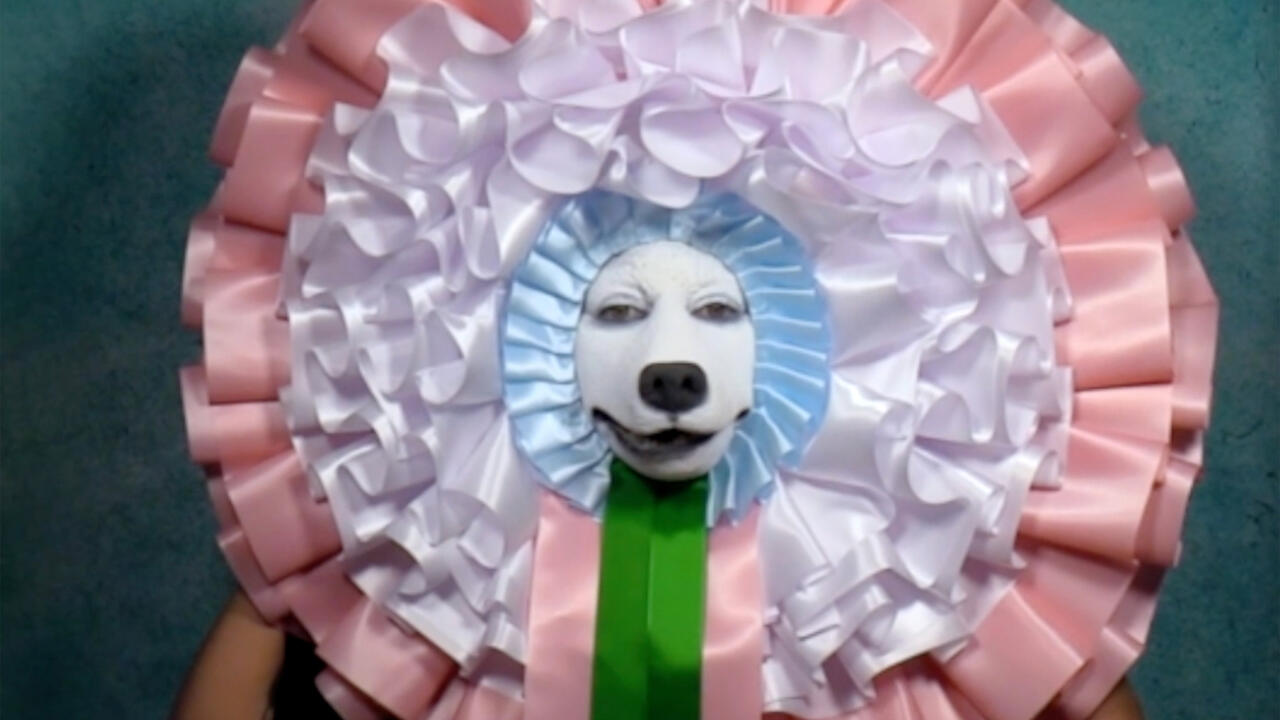Cocteau in Soho
Forgotten murals by the late artist and poet, Jean Cocteau
Forgotten murals by the late artist and poet, Jean Cocteau

If, by chance, you were wandering around London’s Leicester Square between 3 – 11 November 1959 and happened to make a detour up the alley that now leads to the Prince Charles Cinema, you could have popped into Notre Dame de France and watched the great artist and poet Jean Cocteau paint a mural – his only public work in the UK. That is, you might have seen him if you had been able to peer over the heads of the paparrazi who flocked to the church every day, hoping, no doubt, for an aperçu or anecdote, but who were instead apparently confronted by the artist murmuring to the Virgin Mary: ‘O you, most beautiful of women, loveliest of God’s creatures … I want you to be my best piece of work, too. I am drawing you with light strokes. You are the yet-unfinished work of Grace!’ Cocteau – who was 70, and something of a celebrity – had been asked by the French Embassy’s cultural attaché, René Varin, to create the mural for the church, which was rebuilt following World War II bomb damage.
Cocteau arrived at the church promptly at 10am each morning, dressed in a beautiful suit and clutching a bouquet of brushes. He then lit a candle and got to work. ‘All spiritual journeys are martyrdoms,’ he once proclaimed, but – going by the evidence of this photograph – his particular voyage had more of the whiff of cigar smoke and ice-cold martini about it than burning flesh. But then, Cocteau’s was a soul at home with contradiction. Speaking of his ambiguous relationship to Catholicism, he famously declared: ‘It is excruciating to be an unbeliever with a spirit that is deeply religious.’
The mural is dedicated to the Virgin Mary and divided into three panels: the Annunciation, the Crucifixion and the Assumption. The forms are rendered in simple, colourful lines. The muscular Roman soldiers glow softly, as if made of gold; a drop of blood transformed into a tear, a winged insect or a bow, is forever suspended as it falls from one of Mary’s eyes. In the Annunciation, the archangel Gabriel – his eye the shape of a fish and its expression just as slippery – seems to prefer smelling a bunch of flowers to doing his sacred deed; Mary fades mournfully into the background like a spurned, biblical wallflower. Only Christ’s knees are visible on the crucifix: the rest of his body disappears in the roof, as if already on the way to heaven. Never one to hide in the wings, Cocteau painted a self-portrait to the left of the altar; his eyes are averted. I have no idea if his shifty expression has anything to do with his complicated relationship to Catholicism or the fact that his other role, that of a freemason – and not just any mason, but, if the rumours are true, the Grand Master of the all-powerful Priory of Sion and thus protector of the ancient Merovingian Bloodline – might have caused a few raised eyebrows amongst the clergy. A few years ago, the mural was rather strangely vandalized: someone (never caught) painted a white circle around the sun and tagged it ‘T_A*’. After months of painstaking restoration, the mural was re-opened in 2012. Sadly, if understandably, it is now behind glass.
Cocteau died of a heart attack at his French chateau four years after painting the mural. His friend, Edith Piaf, had died the day before; it was said that his heart gave up upon hearing of her death. He is buried beneath the floor of the Chapelle Saint-Blaise des Simples in Milly-la-Fôret. His epitaph reads: Je reste avec vous – I stay with you.









